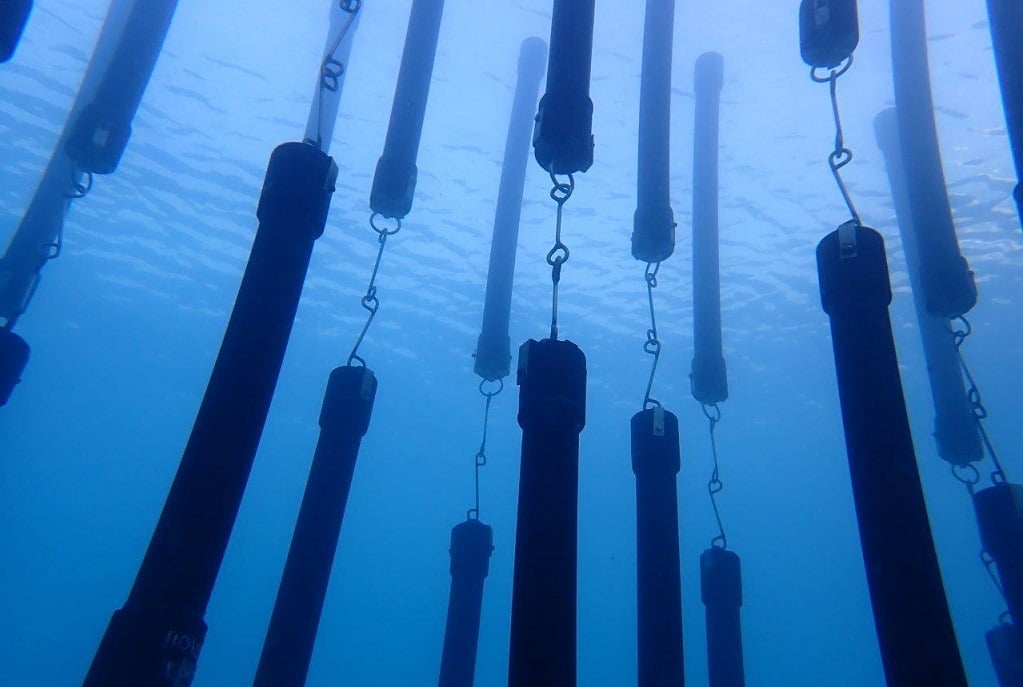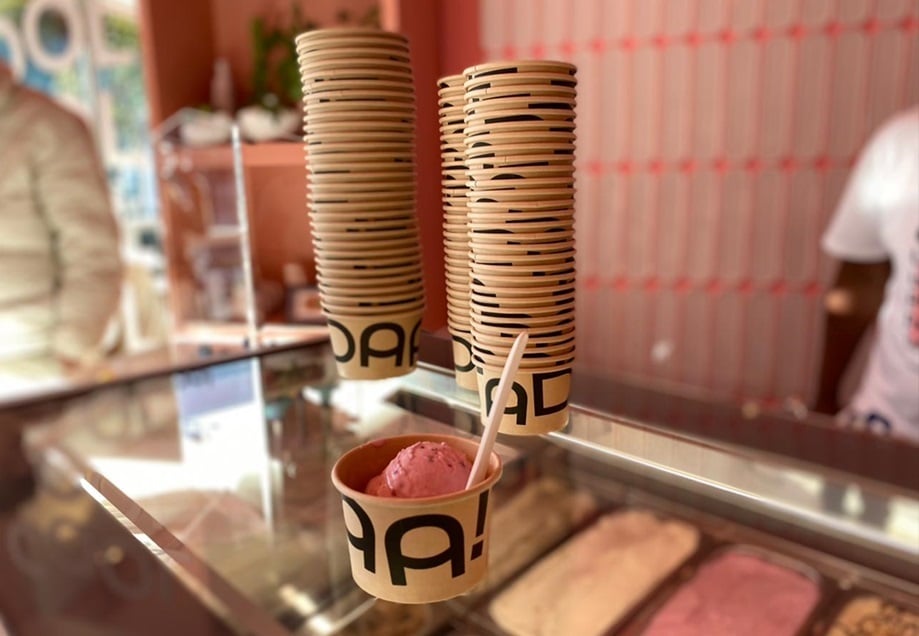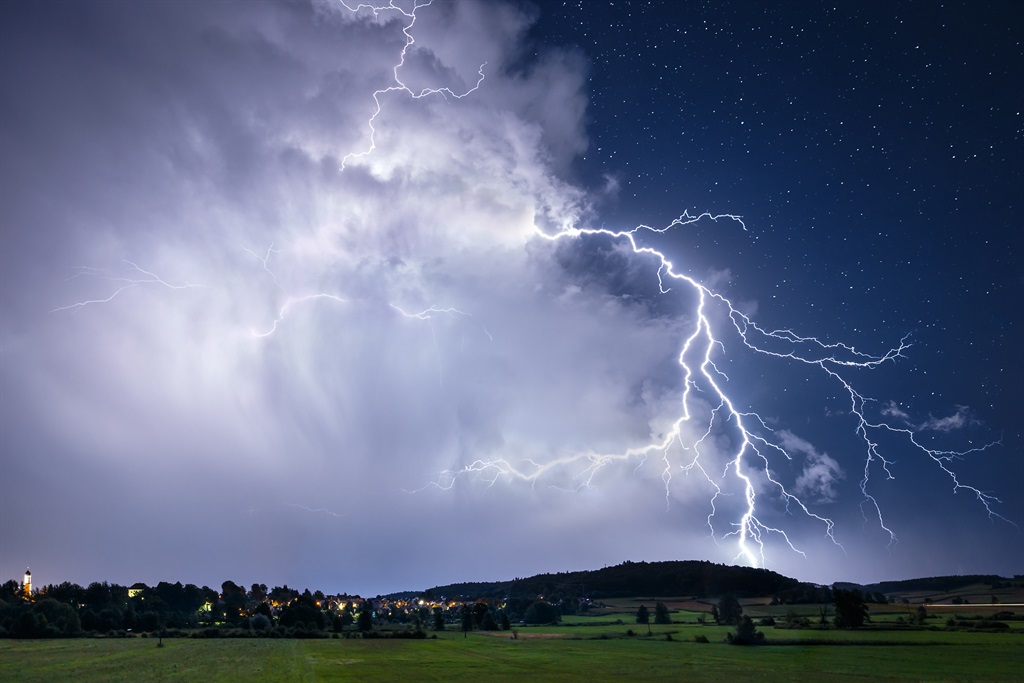
An eco-friendly shark barrier developed and made in South Africa has just secured its first commercial installation – in the Bahamas.
- Shark barriers developed by marine biologists from Stellenbosch University are now being used at a private island in the Bahamas.
- The barriers mimic a kelp forest and use a magnetic field to deter sharks – and it’s safer than nets that harm sharks or other marine life.
- Sharks are the “lions of our oceans” and keep the marine ecosystem balanced, explains a marine biologist.
- For climate change news and analysis, go to News24 Climate Future.
Shark barriers developed by marine biologists from Stellenbosch University and manufactured in the Western Cape are now being used at a private island in the Bahamas.
The barriers – known as the SharkSafe BarrierTM – mimic kelp forests and make use of a magnetic field to deter sharks without harming them or other large marine species.
They’re a safer or eco-friendly option than nets, which are responsible for the deaths of thousands of sharks and other marine life a year, said Dr Sara Andreotti, extraordinary lecture at Stellenbosch University and founding director and chief operations officer of the SharkSafe Barrier.
The Guardian recently reported that over 200 marine marine animals were caught in shark nets between September 2022 and April 2023. Only 24 were sharks that the nets were intended for.
From 2012 to 2021, the developers have been testing the barriers in South Africa for their efficacy to deter white sharks and their robustness in harsh sea conditions, explained Andreotti. It has also been tested in the Bahamas and Réunion Island. The technology was internationally patented with the help of Stellenbosch University’s innovation hub, Innovus.
It is manufactured by KND Fabrications, in Cape Town.
The installation in the Bahamas is the first commercial one for the company. It is also the “first step” in bringing the technology back home (to South Africa) and replacing the “detrimental shark nets with an eco-friendly alternative”, said Andreotti.
SharkSafe BarrierTM has also been working with the Bitou municipality to find safer options to keep sharks and humans apart.
“…We have been working, since the end of 2020, with local residents and the Bitou municipality to find a way to assist with Plett’s beaches,” added Andreotti.
Plettenberg Bay saw two fatalities related to shark attacks in the span of three months last year. Measures such as drones, shark spotters and other specialised technology were among the solutions being considered by the Bitou municipality, News24 previously reported.
READ | Seal mob chases great white shark in breathtaking South African sequence on Planet Earth III
Shark-specific
The barriers are 30 metres long – consisting of rows of plastic pipes anchored to the seabed. It resembles the kelp forests that animals like seals and fish use to hide from predatory sharks.
The second line of defence is the magnetic field generated by the magnets inside the pipes. Sharks have electro-magnetic receptors in their heads. The magnetic field from the pipes overstimulates the electro-magnetic receptor in the shark’s head and then acts as a repellent.
“Fish and seals don’t have the receptors for magnetic and electric fields called Ampullae of Lorenzini, that sharks have. Without these, they cannot detect the magnetic field generated by the permanent magnets.
“In fact, we had both seals and fishes (and manatee…) swimming through the barrier as if it was a natural forest,” said Andreotti.
The technology is “shark-specific” in that it only keeps sharks separated from humans, and other marine creatures can swim freely through it, said Andreotti.
The barrier can remain in the water for at least 20 years, with minimal maintenance required. Marine life can then settle on the cement blocks, anchoring the pipes into the seabed, to form an artificial reef.
“Sharks are the lions of our oceans. They are the much-needed top predators that keep the marine ecosystem balanced,” Andreotti explained of the need to protect sharks.
“They keep the number and movement of their prey under control and eliminate the sick individuals, which helps to minimise the spread of diseases. They also became an iconic attraction for South African coastal tourism,” Andreotti added.







Recent Comments